Greetings, Conscientious Food Consumers!
With spring unfolding here in the mid-Willamette Valley, it’s time for some cleaning, clearing out and… confessing!
We’ve been saying it here for almost a year now: WASTED FOOD = WASTED MONEY. But exactly how much, and why? That’s where our newly-updated D.I.Y. Wasted Food Discovery self-audit form, both in English and Spanish, comes in handy. Try it for a week, and you’ll gain some valuable insights about your household’s food-wasting habits. Behaviors change when we measure them.
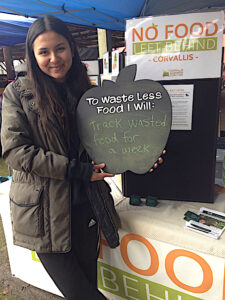
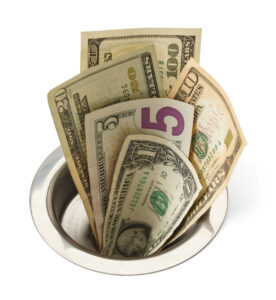
You may become inspired to keep doing it on a regular basis — especially after discovering how many grocery dollars you can keep from going down the drain, compost bin or garbage!
OWN IT: Waste happens!
Are you ready to admit that waste happens in your kitchen? It’s not about guilt (although that can be a motivator) — it’s being willing to get real, about how some items in your fridge, freezer and pantry that coulda/shoulda been prepared and eaten ended up wasted instead. Keep reading for a look at what I discovered!
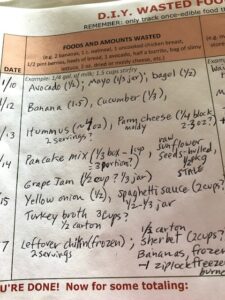
TRACK IT: What got wasted, and why?
With our D.I.Y. Wasted Food Discovery Week form, tallying up the food items that went slimy, spoiled, freezer-burned or forgotten isn’t complicated. You’ll estimate:
- The amounts and types of food (it’s okay to “guestimate” your leftover portions/servings, packages or containers — I used cups, ounces and servings for my calculations);
- The full or proportional cost for each of those items;
- If you have a kitchen scale, measure the weight of wasted items.
WHY IT GOT WASTED: Recall the circumstances or trail of events from the market to your compost pail or trash can for your listed items. This step is your key to change!
You know how it goes… * Ran out of time to cook or cooked too much? * Fridge or freezer over-stuffed? * Too tired to get creative with leftovers? * Marked down/sale items go stale or moldy before you know it? * Bananas turned brown or avocados went bad because they were hanging out on the counter together? (Both emit ethylene gas, which hastens the ripening process.)
ADD IT UP. One week’s wasted $$ x 52 weeks in a year… Prepare to be shocked! (I certainly was.)
Here’s what I learned from my Wasted Food Discovery Week.
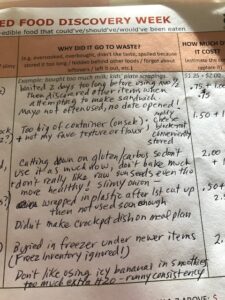
Karen Confesses:
Despite blogging and becoming much more vigilant about my own kitchen habits during the past year, I still waste too much!
After a quick review, I discovered that my main problems are inadequate meal prep and managing the Eat First shelf of my fridge and pantry. I also still have issues with wasting avocados and bananas (two of my favorites).
Lessons Learned:
- Check avocado(s) for ripeness every day! Use or transfer to fridge once ripe, or within 3 days of purchase.
- Buy fewer of the items I’m eating less of (like sugar- and carb-heavy products).
- Freeze leftover broth in cubes rather than letting an open carton spoil in the fridge.
- Buy fewer bananas and just eat ’em — rather than sticking in freezer smoothie bags.
- Check/update my Freezer Inventory every week!
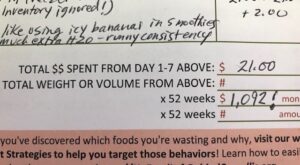
$$$ Wasted:
This is my worst Kitchen Confession of all! Just one week’s waste in my little kitchen represented a potential loss of over $1,000 in one year! That’s a pretty significant chunk — and a HUGE motivation for me to walk the talk, follow my own advice more, and WASTE LESS.
WHAT TO DO. You’ll have some good ideas once you’ve completed your own Wasted Food Discovery Week. Let our Smart Strategies support your improved habits and behaviors for less future waste.
- Do you need more meal planning? More prep after your groceries come home?
- Do you need better storage? (we also recommend StillTasty.com)
- Do you need to inventory what’s in your freezer or pantry?
- Do you need more Eat First signs for your leftovers, and are they clearly date-labeled?
Also see our previous Kitchen Confessions for resources and tips you may have missed.
RECIPE CONTEST DEADLINE EXTENSION!
We’re extending the deadline for our Leftovers Recipe Contest an extra week to Sunday, APRIL 11th! What’s your latest hack or culinary inspiration for making use of those random items on the Eat First shelf of your fridge, freezer or pantry?
Here’s of a few of our entries so far: Spaghetti Pie, Mashed Potato Pancakes, Peach Pancake Mix Muffins, Olde Valentine Choco-Coco Bites, and Tuna Cakes with Pickle Cream.
Every recipe is an entry to win a $30 gift card from First Alternative Coop. We’d love to see yours!
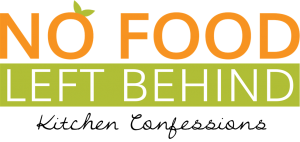


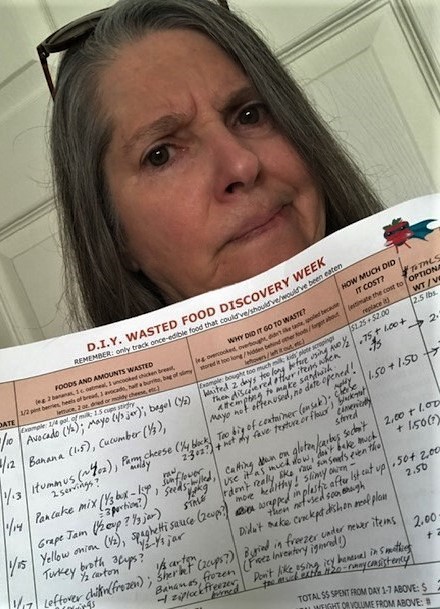

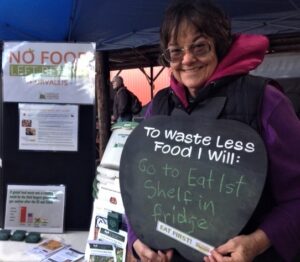
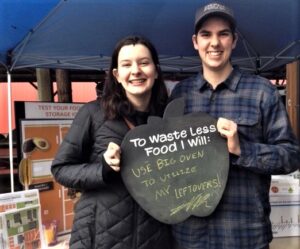

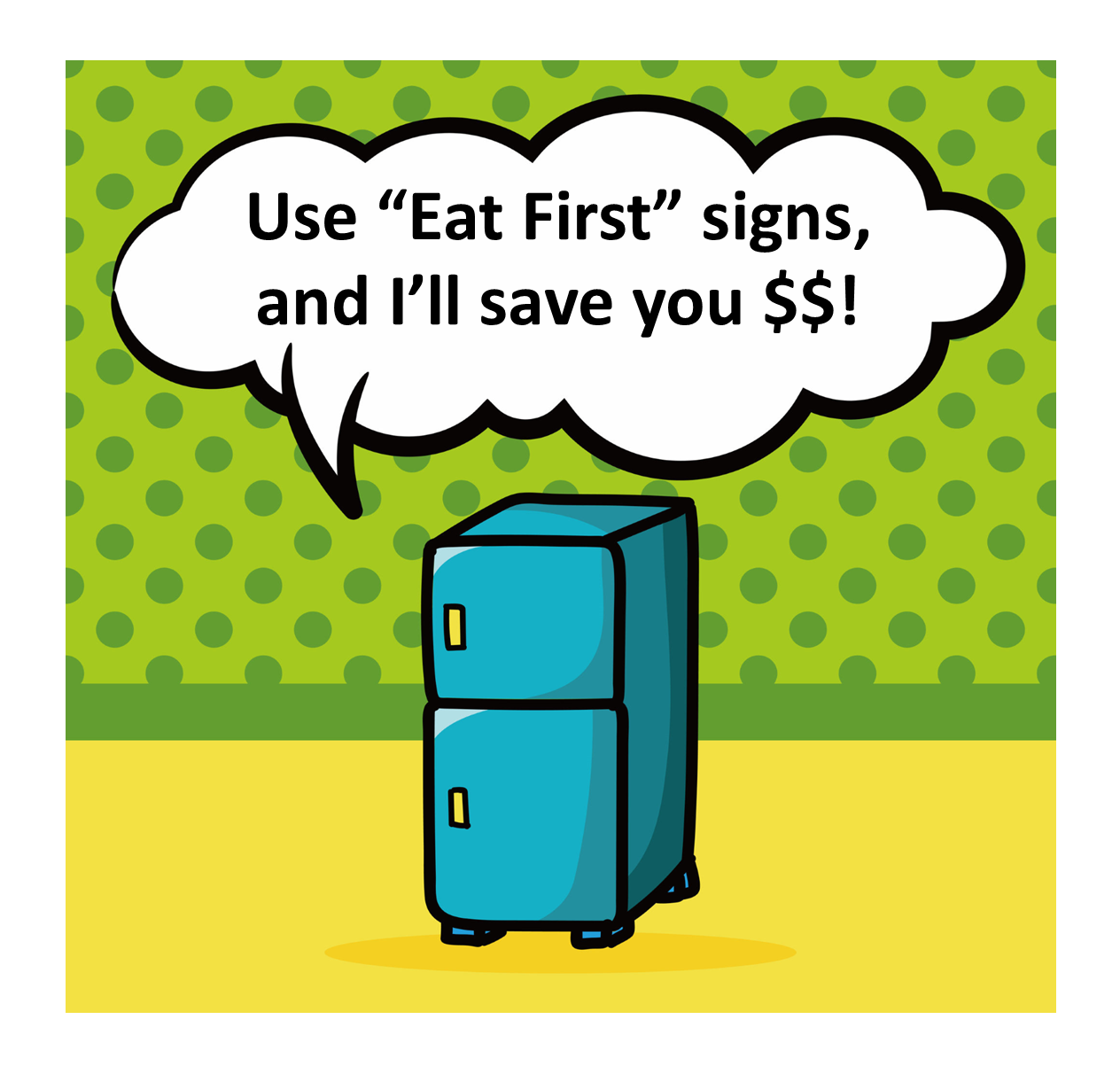
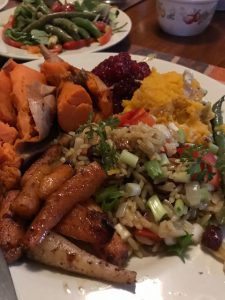


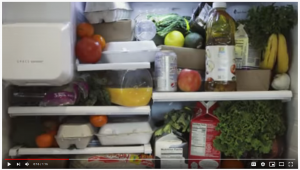
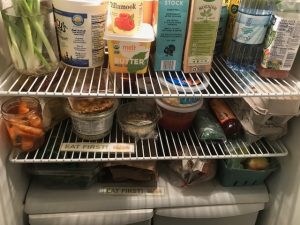
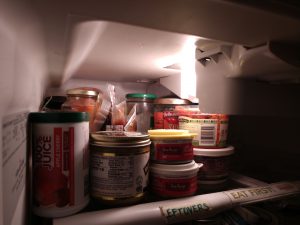
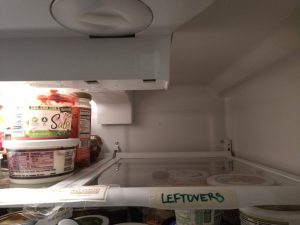
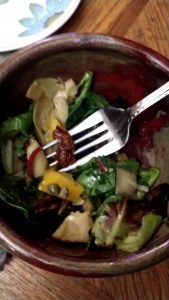
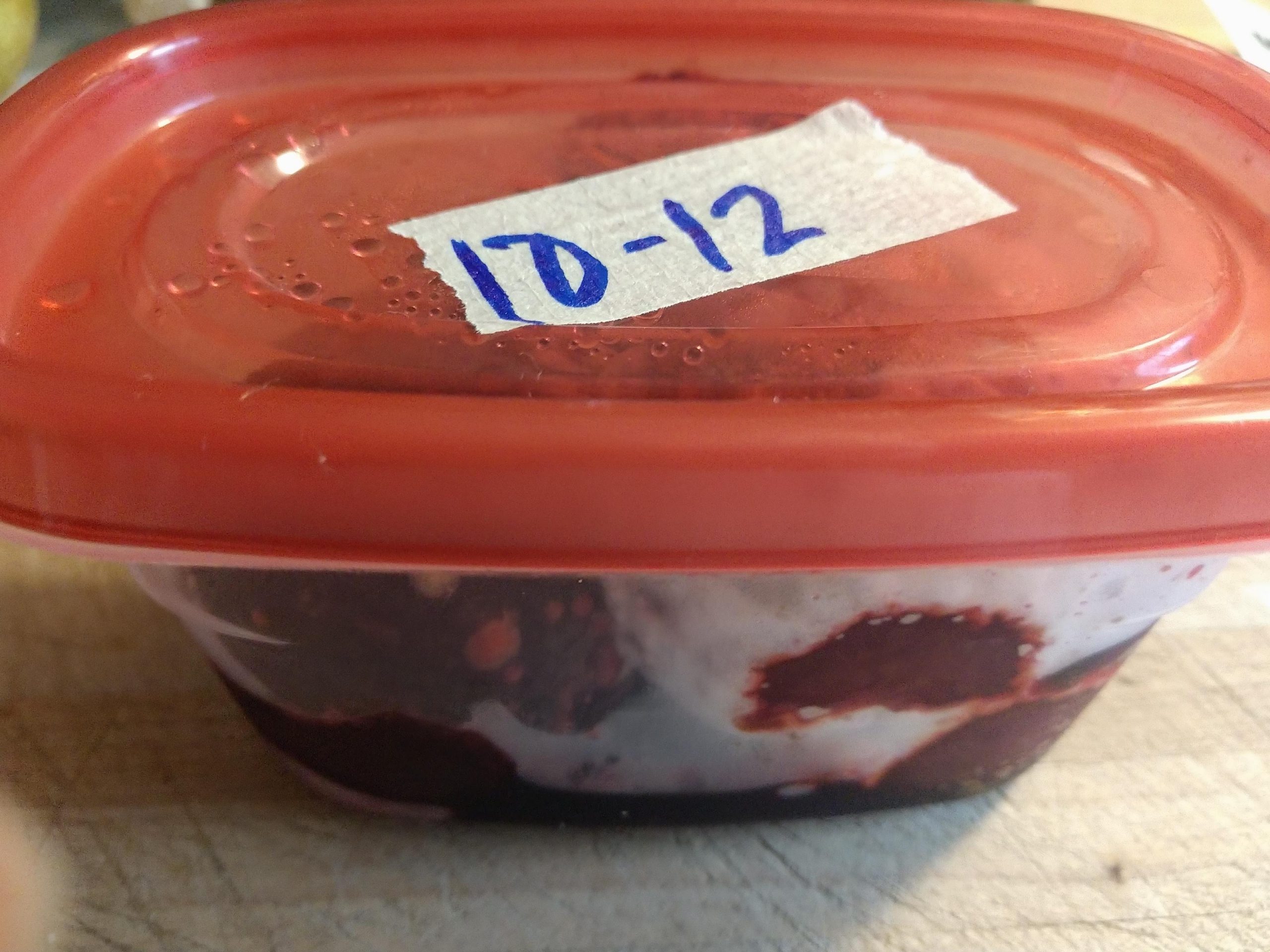
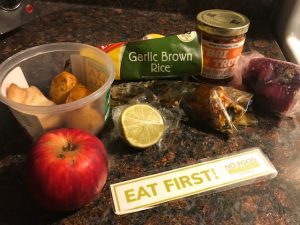
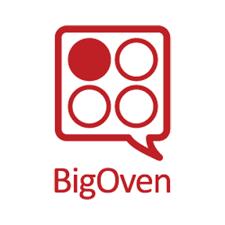
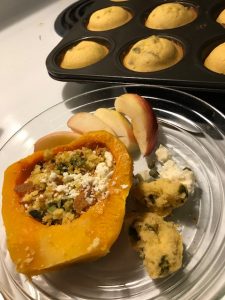
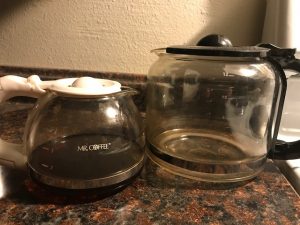
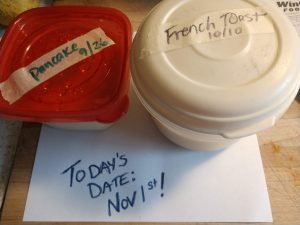
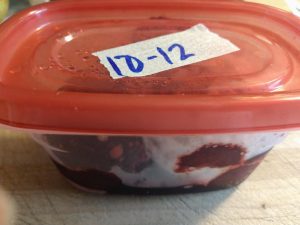
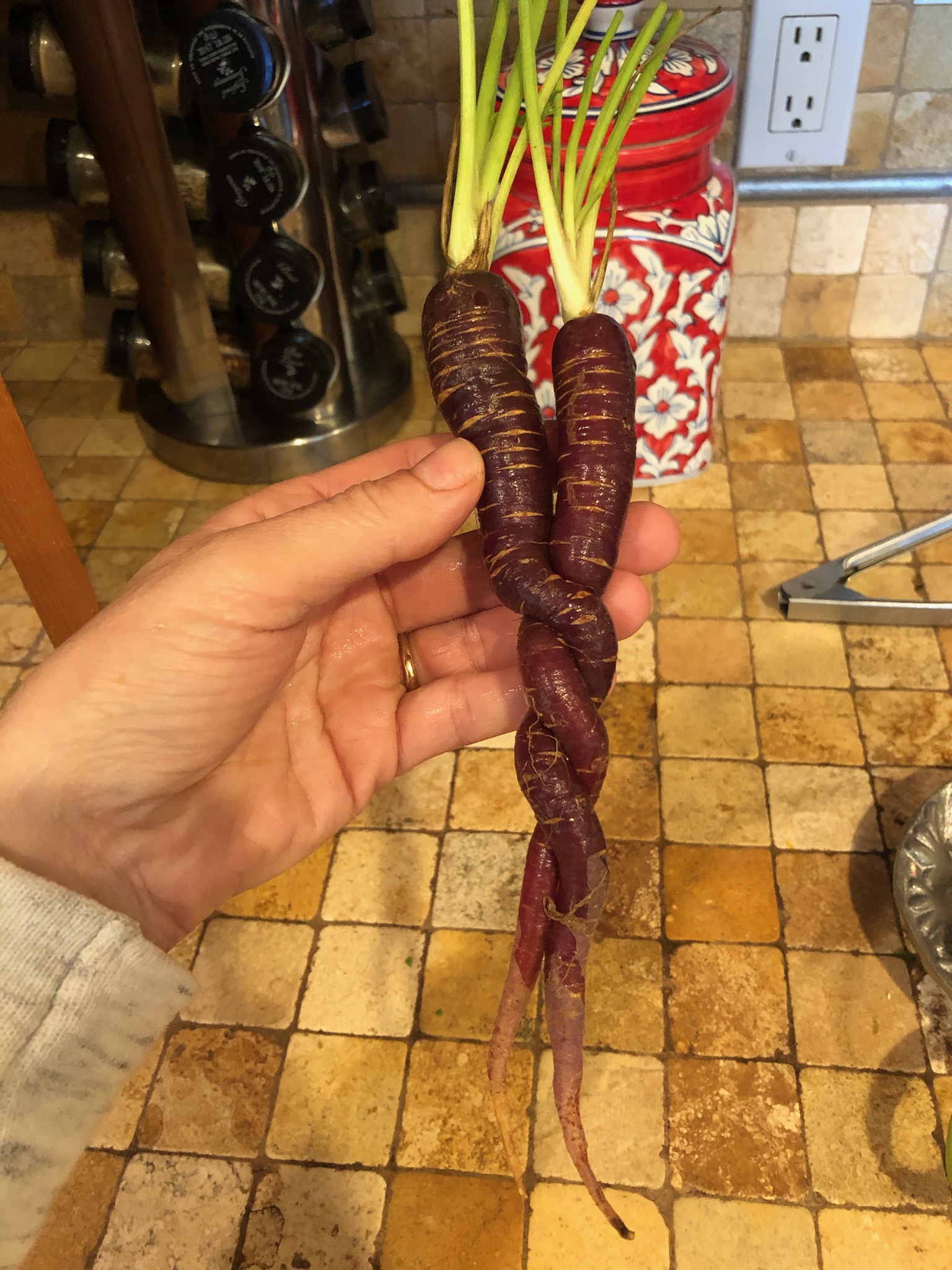
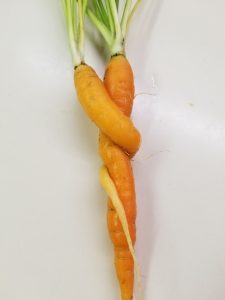
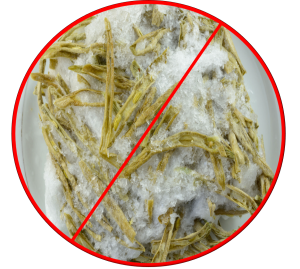
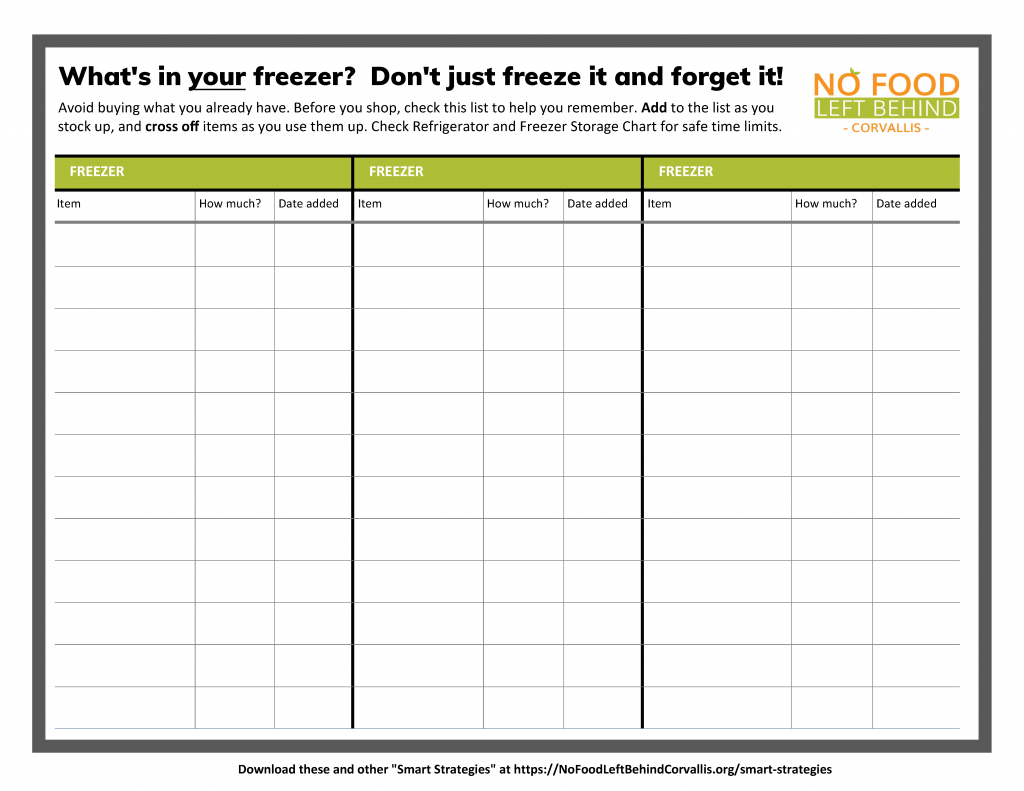
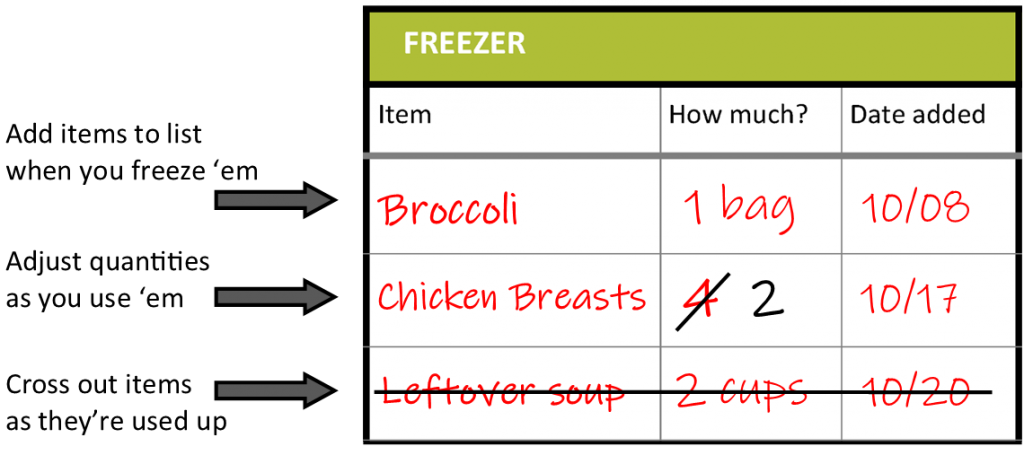
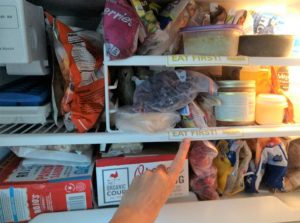

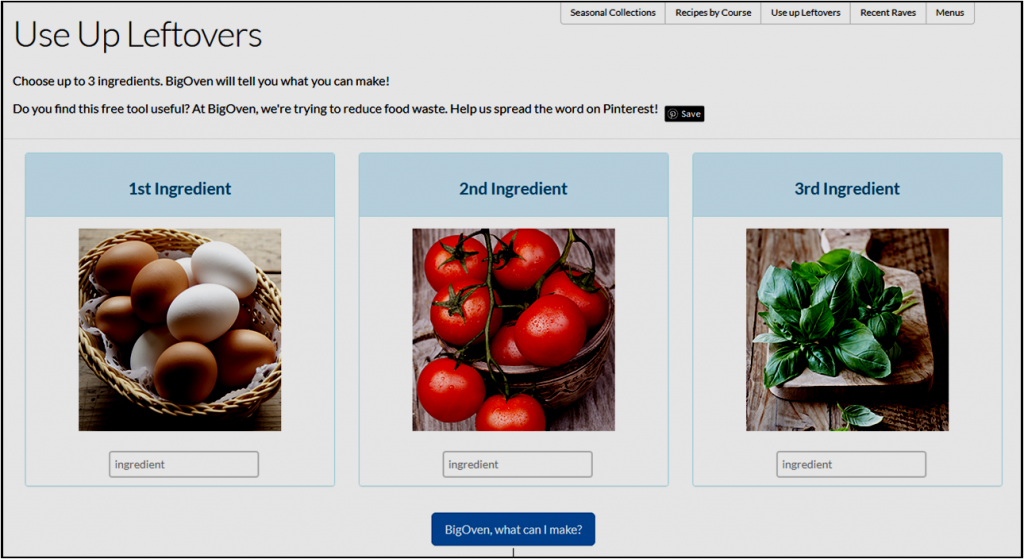 Thank you in advance for recommending our
Thank you in advance for recommending our